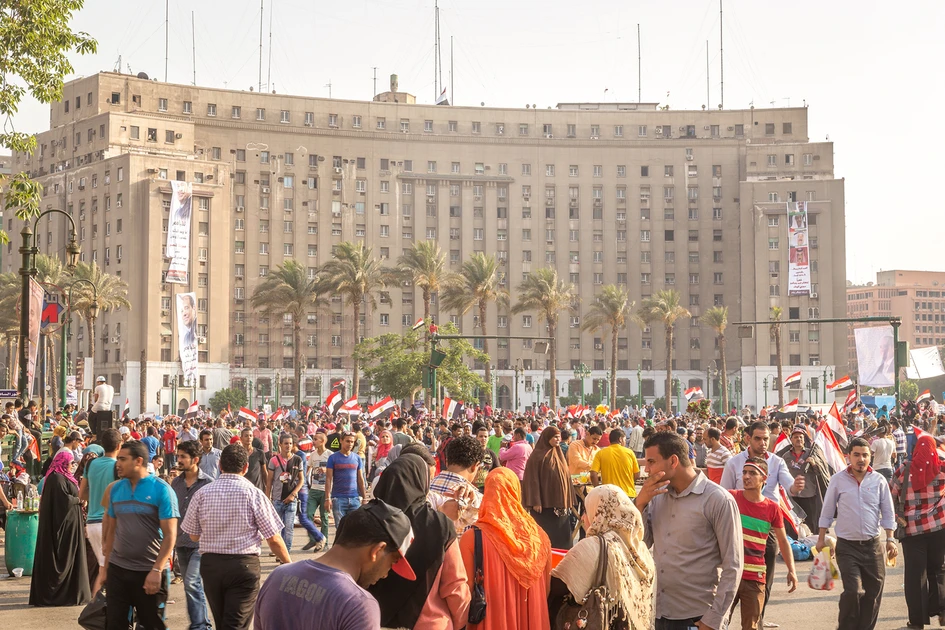Public Spaces: Places of Protest, Expression and Social Engagement
Public spaces have always played a central role in human life. They provide the setting for public expression in all its forms – from civic celebrations to street protests – and how they are designed usually speaks to the type of regime they represent. Text by Christele Harrouk
August 5, 2020 | 10:00 pm CUT

Martyrs' Square, Beirut. Image © Rami Rizk

Plaza de la República, México City. Image © Santiago Arau

Martyrs' Square, Beirut. Image © Rami Rizk

Paseo de la Reforma, México City. Image © Santiago Arau

Tahrir square, Cairo. Image via Shutterstock / By matias planas

Barbed wire on the streets of capital on Tunis city. Image via Shutterstock/ By Lukasz Janyst

Road Leading to Riad El Soleh, Beiurt. Image © Rami Rizk

Times Square, New York, USA. Image via Shutterstock/ By Anna Kristiana Dave

Puerta del Sol in Madrid during the 2011 Spanish protests. Image via Wikipedia By Fotograccion under CC BY-SA 3.0

Place de la Republique, Paris, France. Image via Shutterstock/ By Salvatore Allotta
Project Gallery












